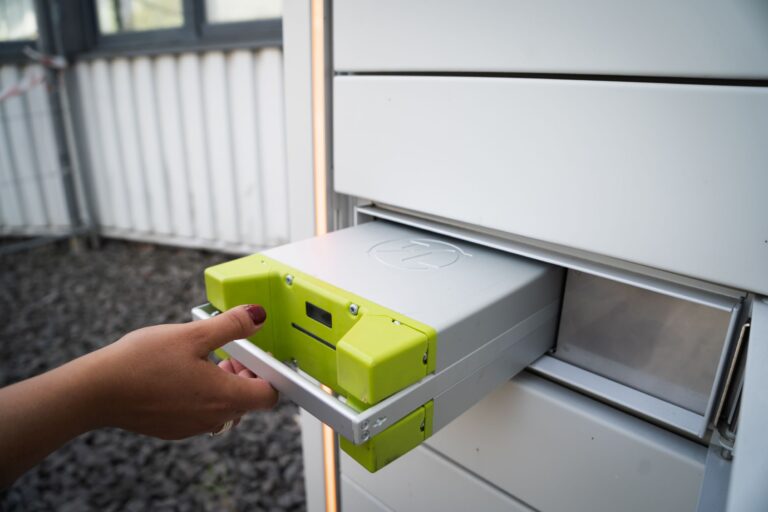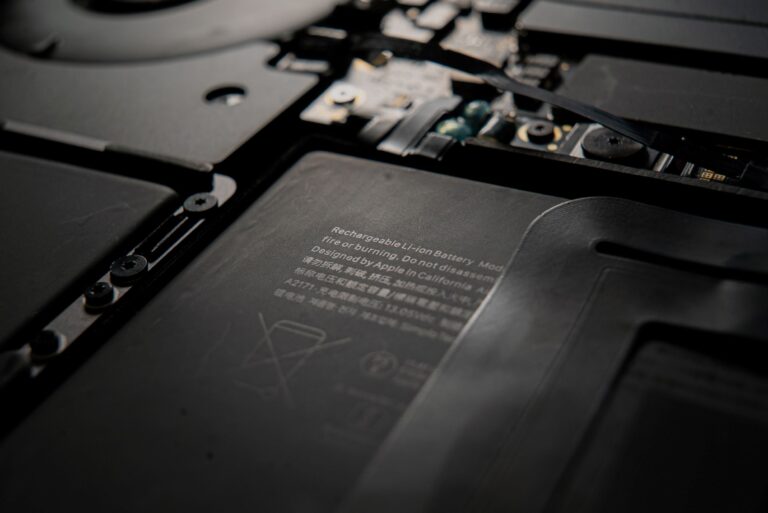When designing, Advanced Air Mobility systems we should conduct research on their environmental impacts to potentially minimize our carbon footprint during the manufacturing process, to consider any renewable energy source available to power our AAM systems, and to be mindful of any displacement/extinction of wildlife that may occur when setting up these systems.
Our Proposal explores the idea of using Lithium-Ion Batteries as a primary power source in Advanced Air Mobility Vehicles, instead of relying on traditional fossil fuel methods.

Advantages
• "The negative environmental effects of batteries are reduced as the battery lifetime extends" - (Eckart, Jonathan)
• "Malfunction and damage are very rare, so lithium-ion battery technology is very safe to use. Especially if you avoid extreme heat and damaging the battery casing" - (Triggs, Robert)
• Lithium-Ion Batteries are Recyclable (Triggs,Robert)
Drawbacks
• "Battery production causes more environmental damage than carbon emissions alone" - (Eckart, Jonathan)
• "Today’s lithium-ion battery market already uses over 40% of the world’s mined cobalt" - (Shunmugasundaram, Ramesh)
• Toxic gasses can be released from damaged Lithium Ion Batteries (Nedjalkov, Antonio)

